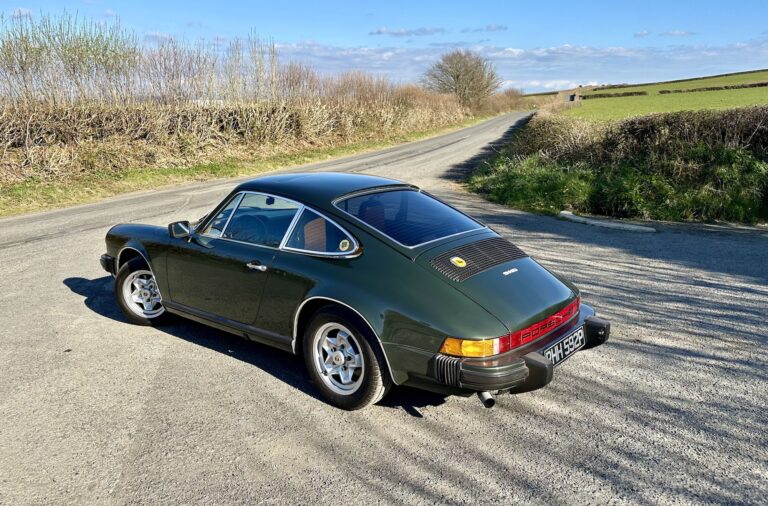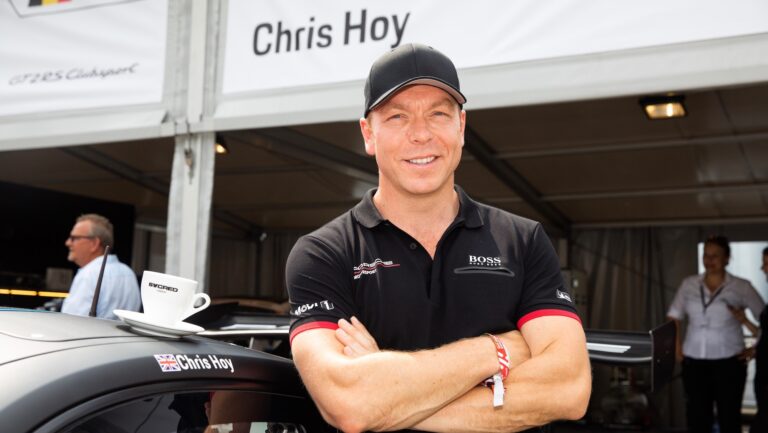Porsche 996 v 997 GT3: which should you buy?
The 996 and 997 GT3 are both sublime Porsche 911s. But how do they compare to drive, to own and for investment potential?
Ask the man in the street what ‘GT3’ means and he won’t name a category of sports car racing. He’ll tell you it’s a type of Porsche.
He’d be right, too. In less than 25 years, the GT3 name has become synonymous with the 911 – and one of the strongest sub-brands in motordom. Nothing gets enthusiasts salivating quite like the arrival of a new Porsche GT3, and feverish demand always outstrips supply.
The foundation for this legend comes from the 996 and 997 GT3 models, produced between 1998 and 2012. There’s some overlap in values for these cars, along with plenty of debate about which one is best. We look at the pros and cons, with expert help from Jason Shepherd at Paragon Porsche and Jonathan Franklin of Jonathan Franklin Cars to help you decide which is the best to buy.
Categories
996 vs. 997 GT3: specification and performance
The original 996.1 GT3 is something of a skunkworks special, built using off-the-shelf parts to homologate the race car. Its M96/76 3.6-litre flat-six came directly from Porsche Motorsport, with lighter internals and a dry sump. Narrow-bodied, the GT3 rides 30mm lower than a Carrera, on stiffer springs and 18-inch split-rim alloys. Peak power of 360hp means 0-62mph in 4.8 seconds.
In 2003, Porsche launched the updated 996.2 GT3. Its simpler styling concealed numerous changes below the surface, including wider wheels, six-piston front brakes and a power hike for the Mezger engine. Now rated at 381hp (Jason says the real difference is “much more than the 21hp quoted”), the 911 could hit 62mph in 4.5 seconds. Its redline was raised to a frenetic 8,200rpm.
The next-generation 997 GT3 arrived in 2006, and could scream to 8,400rpm before the limiter finally called time. Its reworked 3.6-litre six developed 415hp, with the manual gearbox’s shorter ratios helping towards a 0-62mph time of just 4.3 seconds. The chassis gained Porsche Active Suspension Management (PASM) and electronic traction control, although driving the 911 remained very much an analogue experience.
Finally, the 997.2 GT3 debuted in 2009, its engine enlarged to 3.8 litres for 435hp and 0-62mph in 4.1 seconds – not forgetting a stratospheric 8,500rpm redline. Centre-locking wheels offer some racing kudos, while Porsche Stability Management (PSM) keeps a watchful eye. Unless you switch it fully off, that is.
996 vs. 997 GT3: how do they drive?
“On any given day, any one of these cars could provide the best drive of your life.” That is Jason’s succinct verdict on these GT3s, and we certainly don’t disagree. On the road, they’re arguably more usable and just as enjoyable as the RS models.
When I spoke to Jason, he’d just driven a 996.1 GT3 Clubsport to work, and was clearly still buzzing from the commute. “It was absolutely marvellous, intoxicating… I loved it,” he gushed, citing the original GT3’s slim hips and raucous soundtrack (“more Janis Joplin than Emmylous Harris”) as highlights. Even so, he concedes that the 996.2 has “better handling and better brakes”, plus notably more power and torque. “The 996s really are ‘no bullsh*t’ cars and I love them for that.”
Jonathan says both GT3s feel more nimble and engaging than the 991 and 992 iterations that followed, but agrees that the 996 offers the rawest, most visceral driving experience. ‘It’s a special occasion car – great for Sunday afternoons or track days. The 997 is certainly more refined on the road and easier to daily-drive.”
“Yes, the 997 is a much nicer place to sit, with more toys and a switchable exhaust,” adds Shepherd. “The lack of a nose-lift is the only thing that really stands in the way of using one every day.” The 997.2 loses none of this user-friendliness, but adds an extra layer of agility and control. “To some, these are the best GT3 ever – and they might be just that.”
996 vs. 997 GT3: buying and owning
GT3 prices start at around £50,000 for a 996 and £70,000 for a 997. However, you probably need upwards of £80,000 for a car with reasonable miles and an impeccable service record. The finest cars are well into six figures – and you can pay as much for an immaculate 997 as for a new 992 GT3.
“A lot of these cars end up in big collections, so people like to tick the box and have both,” explains Jonathan. “That said, every 911 has its day, and the 996 seems to be following the trajectory the 964 did a few years ago. People are gravitating towards them – even the controversial fried-egg headlights of the 996.1 are well-liked now.”
“Buy the best example you can afford and then concentrate on getting the most from it,” advises Jason. “And always buy from a specialist, such as Paragon. You are spending a lot of money, and you want this precision instrument to work and feel as it should. Spend 10 percent more and live happily!”
Jonathan says the Mezger engine is “pretty bulletproof – I’ve never experienced a problem with one”. However, in terms of sheer mechanical robustness, Jason reckons the 996.2 is the GT3 of choice – and should be the least expensive to run. That’s partly because it is relatively simple, without too many electronic systems such as PASM, and also thanks to the better crossover pipe connectors common to both 996 models.
996 vs. 997 GT3: what to look for
“Quite simply, avoid anything crashed and thrashed,” says Jason. The GT3 is quite highly-strung and can be tricky at the limit, so finding a car that has been treated with due respect is vital.
A specialist will be able to interrogate the car’s ECU and check for damaging over-revs. “Anything in band two for early cars, or bands four, five and six for later ones needs very special consideration,” Jason notes. Other engine issues can include oil leaks, radiators, air-con condensers and crossover pipes (the latter especially on the 997).
To save weight, GT3s aren’t as well weather-proofed as 911 Carreras, so check for signs of corrosion under the car. Always take your potential purchase for a test-drive, too. Feel for any bagginess or clonking in the suspension and check the limited-slip diff is working correctly. “All parts are relatively expensive, some wincingly so,” says Jason. You have been warned.
The good news is that, assuming the service history is up-to-scratch and barring any major accidents, reports of track use aren’t a red flag. “Track driving is what these cars were designed for,” says Jonathan. “It wouldn’t put me off buying one.”
996 vs. 997 GT3: the verdict
So, which is the best GT3 to buy? Money-no-object, we reckon it’s the 997.2. This 2009-2012 model is simply the latest and best developed of the four, but it retains the manual gearbox and Mezger engine that makes these early cars so special.
Jason nominates the 996.1 as the coolest of the bunch, and the best for future investment – “if you can find one good enough”. Jonathan also thinks the 996 is “on the cusp of being a classic”, but expects the values of both cars to keep rising, bolstered by relatively low production numbers versus later GT3s. The GT3 offering the best value for money right now? That’s a close call between the 996.2 and 997.1.
Clearly, there are no losers here. It’s worth heeding Jason’s final words if you plan to enjoy your GT3: “The best car to drive will be the best-prepared one. A lot are a bit shonky after a hard life, or lack of maintenance when they were ‘cheap’. The right set-up is critical.”























